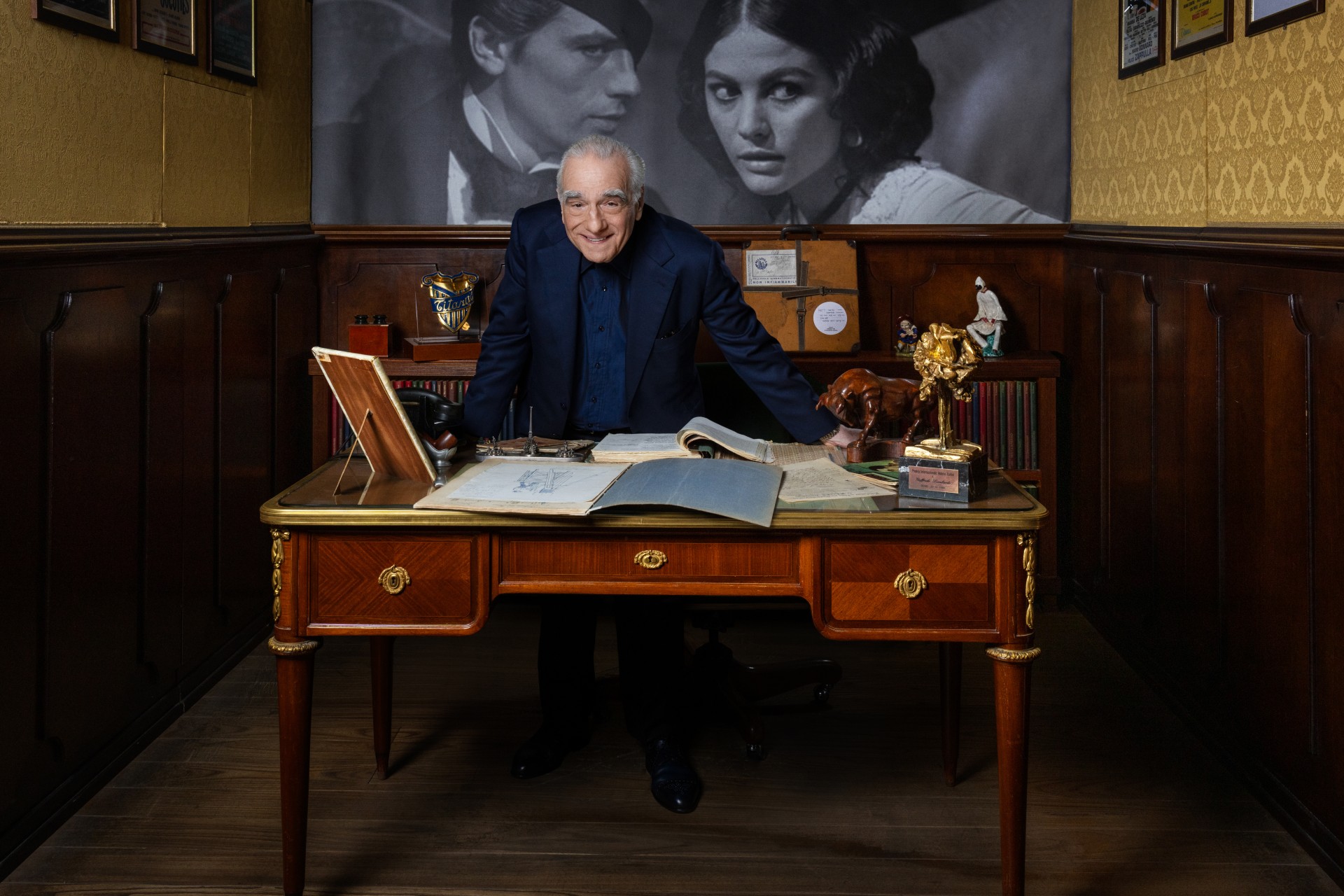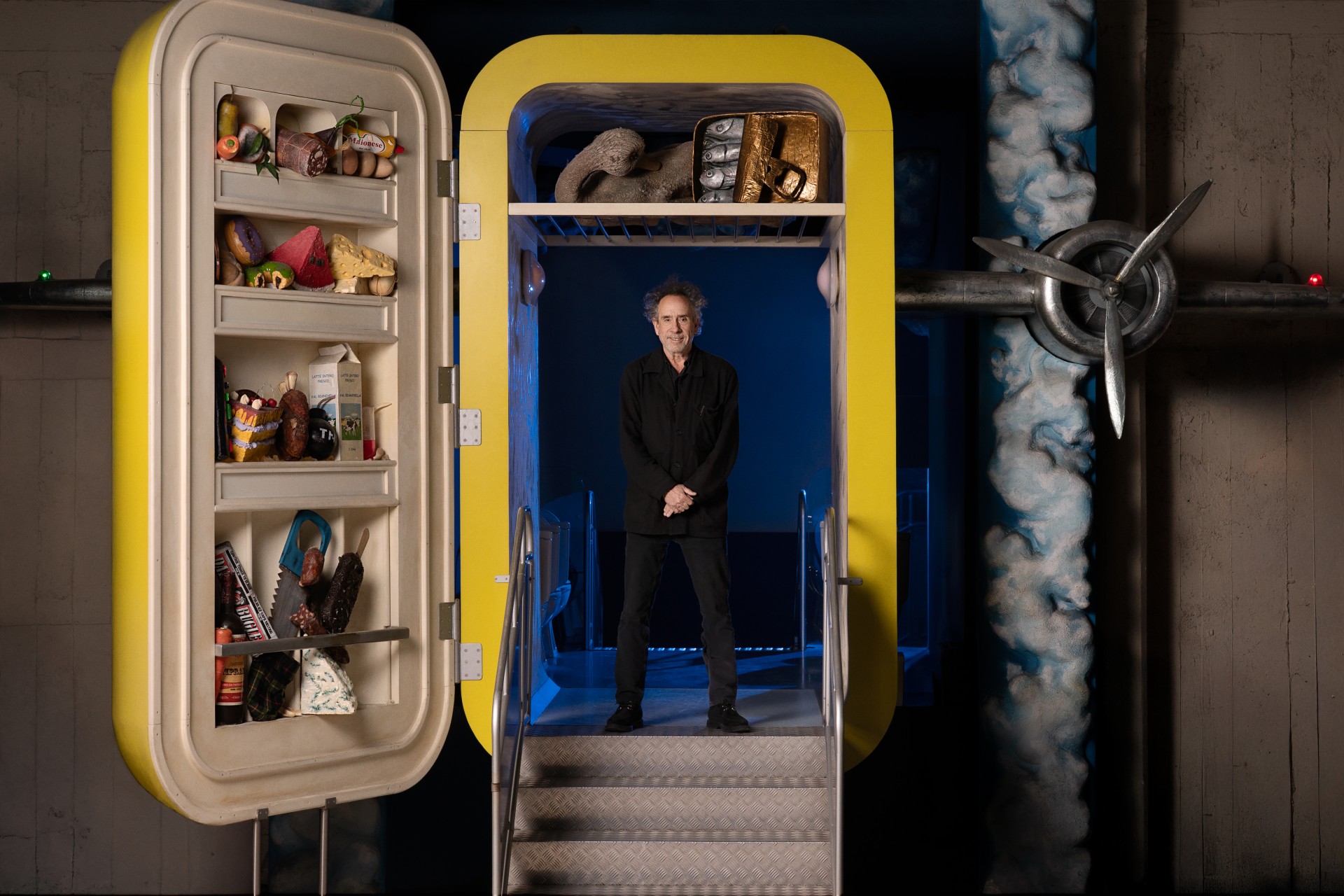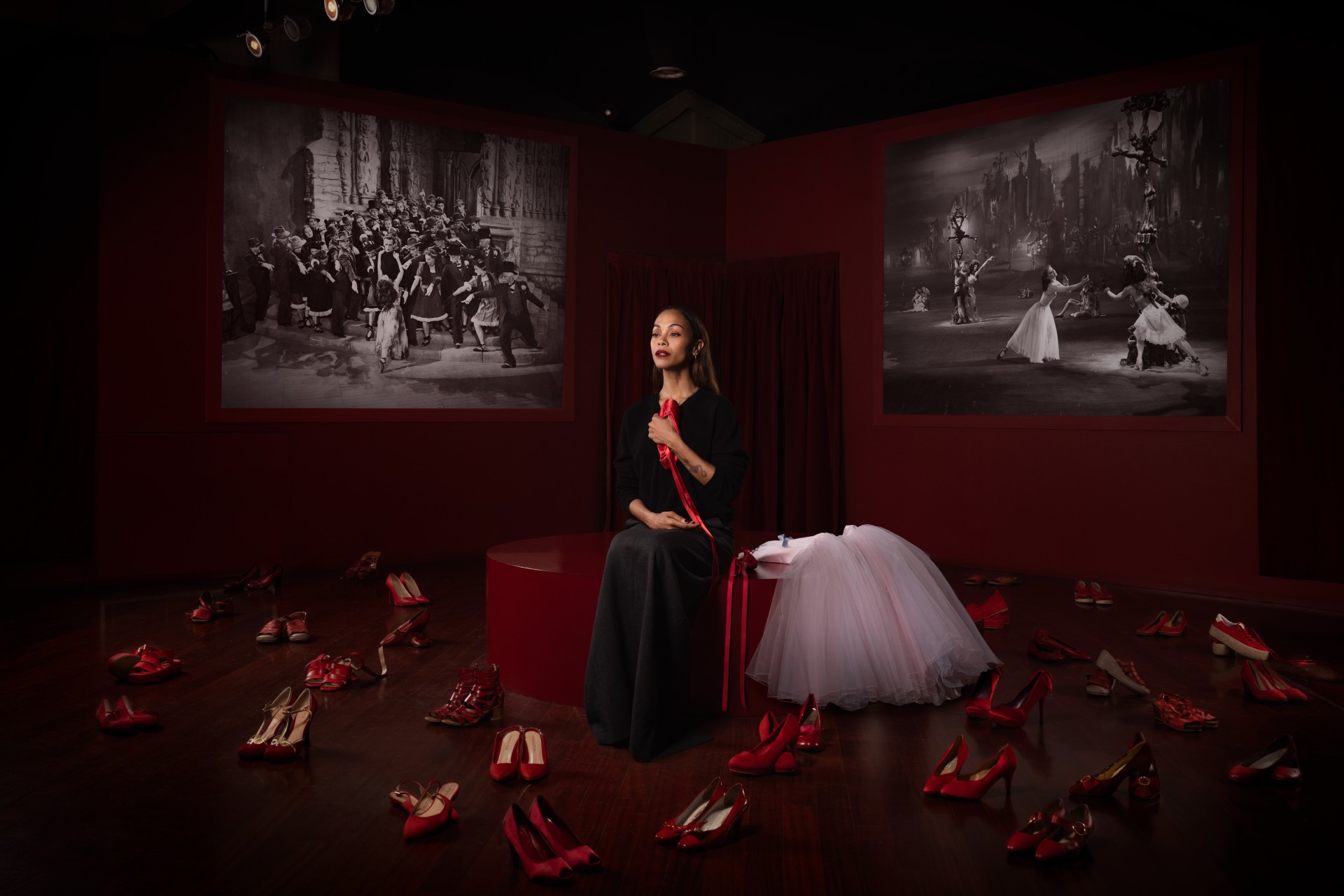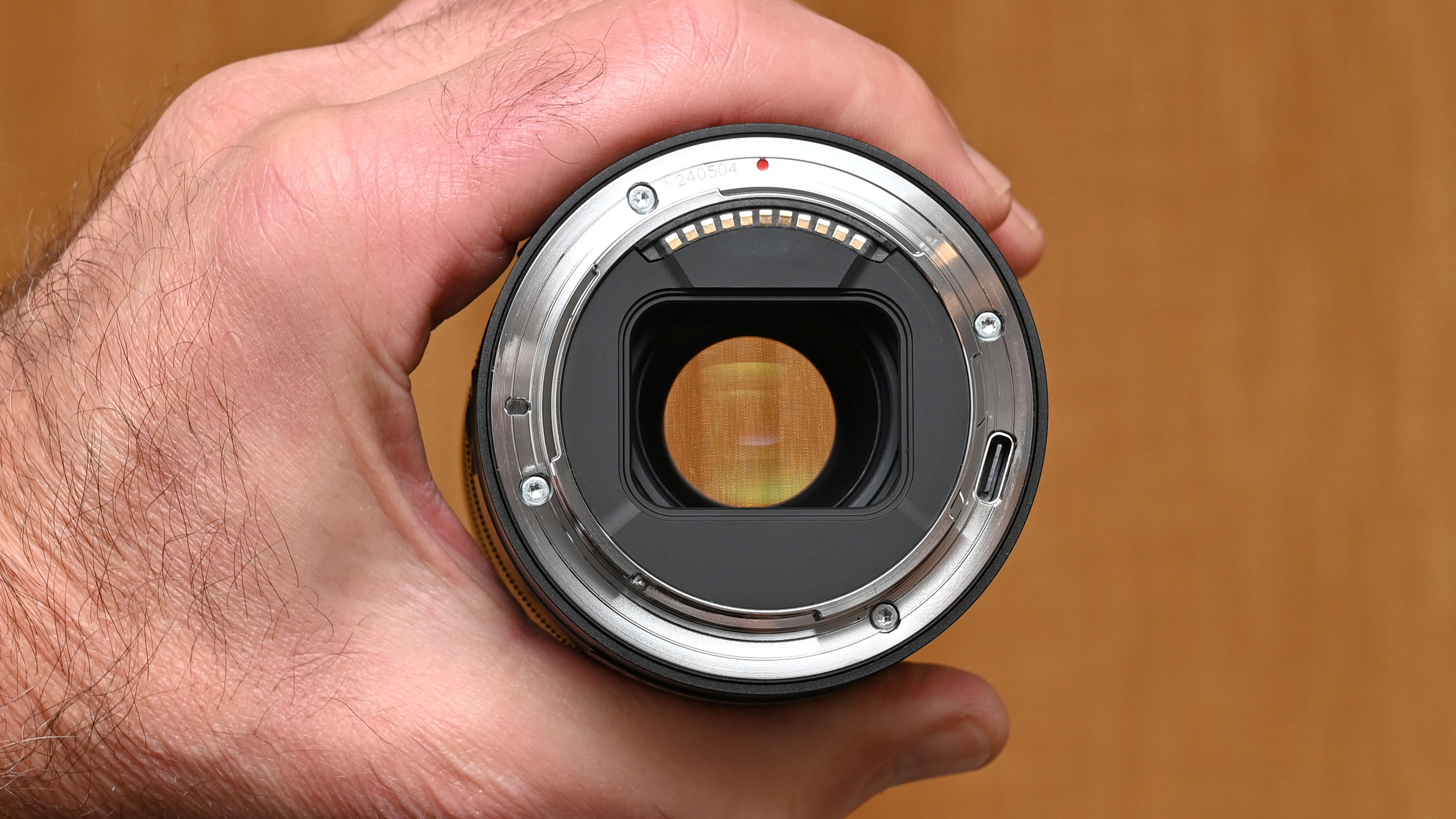
Riccardo Ghilardi recently photographed 42 of cinema's biggest names – including Martin Scorsese, Tim Burton, Sharon Stone, Willem Dafoe and Zoe Saldana – inside Italy's National Museum of Cinema in Turin. And the resulting exhibition, opening this week at Gallerie d'Italia, demonstrates just what happens when you treat your subject as a creative partner, not a passive model.
The brief was straightforward: transform the Mole Antonelliana, the museum's iconic tower building, into a film set. But rather than dictating poses and concepts, Ghilardi gave each actor and director freedom to interpret the space however they wanted.
Some subjects chose quiet intimacy, drinking tea in dressing gowns as if the museum were home. Others went theatrical; dancing on the exterior dome, exploring areas normally closed to visitors. Each image reflects genuine creative input from both photographer and subject, not just a single vision.
Taking a step back
The results speak for themselves. When subjects contribute ideas rather than simply following directions, you capture personality instead of just likeness. Ghilardi created a clear framework – the museum setting, the cinematic theme – then stepped back and let people surprise him.
Ghilardi's collaborative instincts lie deep in his career as a photographer. Born in Rome in 1971, an early project in 2007 saw him documenting his own fire brigade unit. The following year, he photographed Italian actresses in abandoned film institute buildings, and during the Covid lockdown, he captured Italian film figures in their home surroundings. During each project, he followed the same approach: strong concepts that give subjects space to be themselves.
For those who are interested in his creative process, the exhibition features QR codes linking to behind-the-scenes footage and artist commentary. This gives us the chance to see how Ghilardi negotiates with subjects, when he offers direction, when he holds back. These moments of visible collaboration show how collaboration is not about surrendering control, but sharing it strategically.
Classic films, unmade movies
Sixteen of the images in the show reference classic films, including Mary Poppins, A Clockwork Orange and The Red Shoes. Others look like stills from unmade movies. All are Ghilardi's compositions, but also each subject's interpretation of cinema and architecture.
Captions identify museum materials used in each photograph, connecting Ghilardi's work to the institution's collections. The accompanying book by publisher Allemandi positions the project within the museum's 25-year history. In short, every element of the show acknowledges multiple contributors rather than asserting a singular artistic vision.
For working photographers, this is all a great demonstration of how collaboration doesn't mean losing your vision or damaging your ego: Ghilardi's visual style remains consistent throughout. But what it does mean is recognizing that subjects bring valuable creative input that can strengthen, rather than dilute, your work.
Ultimately, the photographs in this exhibition are not standard publicity shots or conventional museum portraits. They're something stranger and more interesting: 42 different creative conversations captured as photographs. And each of them shows what becomes possible when you trust your subjects to be more than just faces in front of your lens.
Riccardo Ghilardi. Piano sequenza la Mole runs from 12 November 2025 to 1 March 2026 at Gallerie d'Italia in Turin. The exhibition is curated by Domenico De Gaetano and marks the 25th anniversary of the National Museum of Cinema. Visitors presenting tickets from either institution receive reciprocal discounts. The accompanying book The temple of cinema is published by Allemandi and curated by Carlo Chatrian, director of the National Museum of Cinema.
Tom May is a freelance writer and editor specializing in art, photography, design and travel. He has been editor of Professional Photography magazine, associate editor at Creative Bloq, and deputy editor at net magazine. He has also worked for a wide range of mainstream titles including The Sun, Radio Times, NME, T3, Heat, Company and Bella.
You must confirm your public display name before commenting
Please logout and then login again, you will then be prompted to enter your display name.



